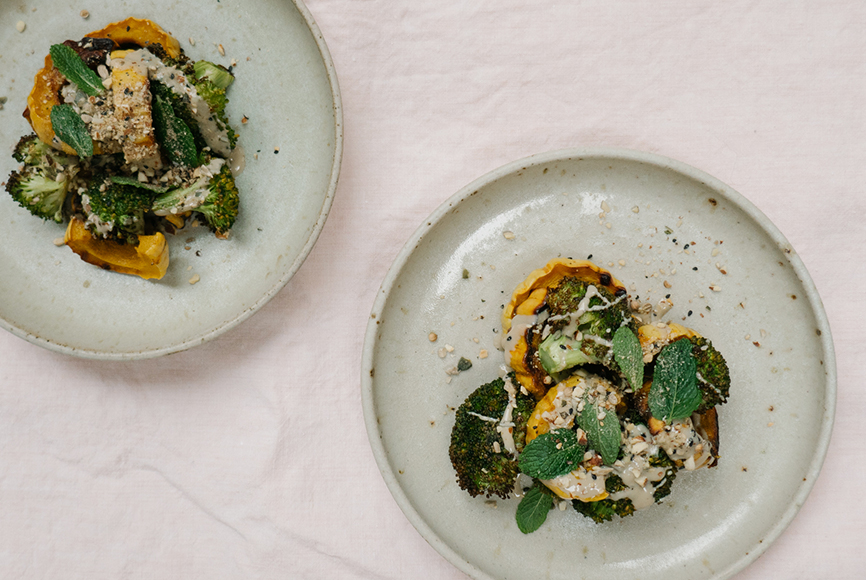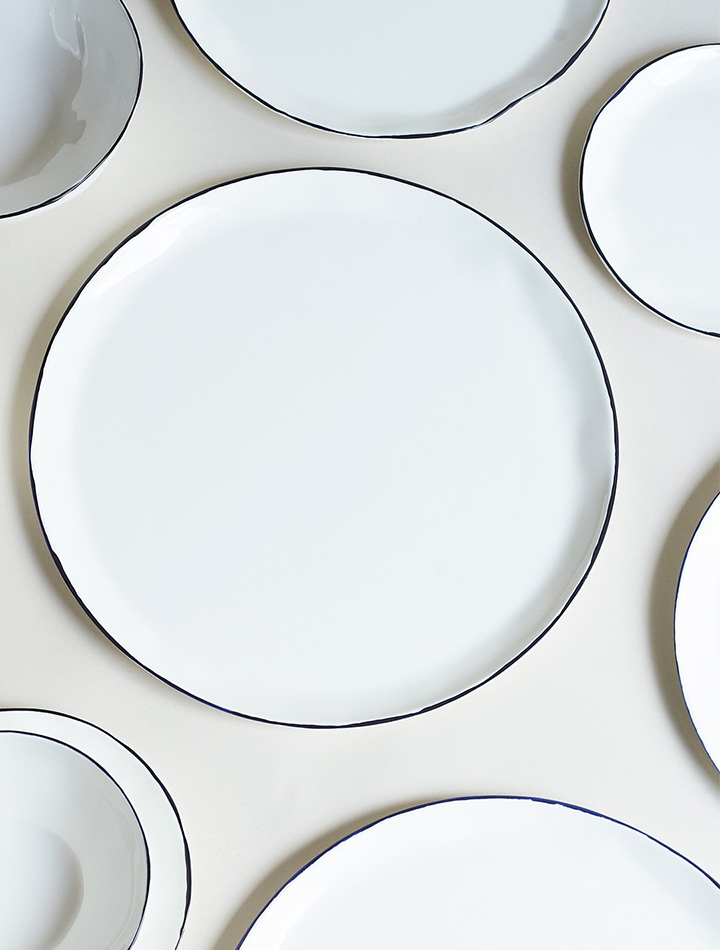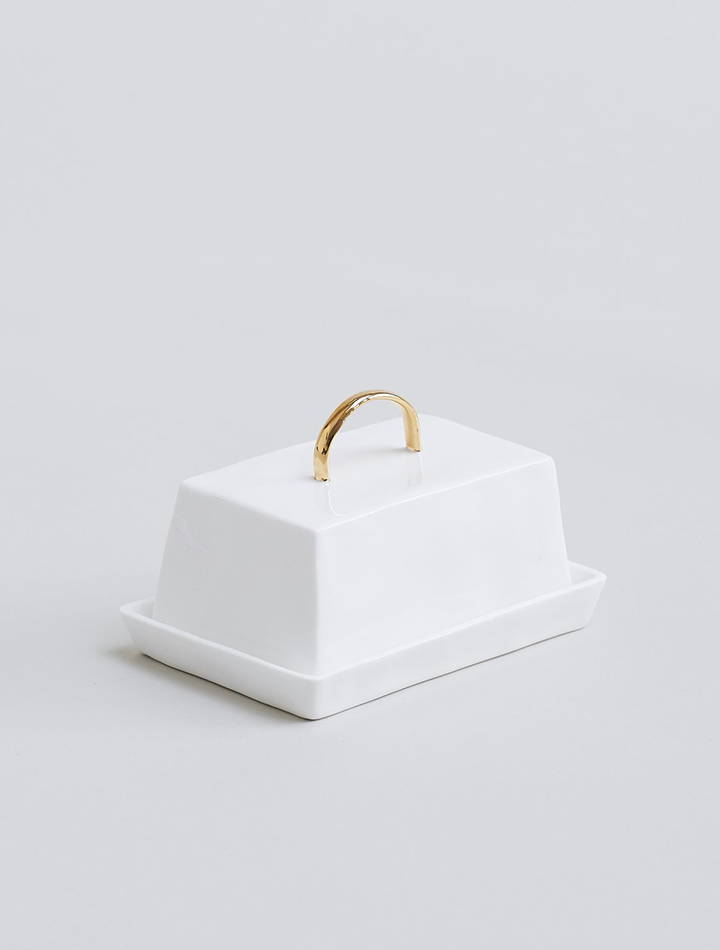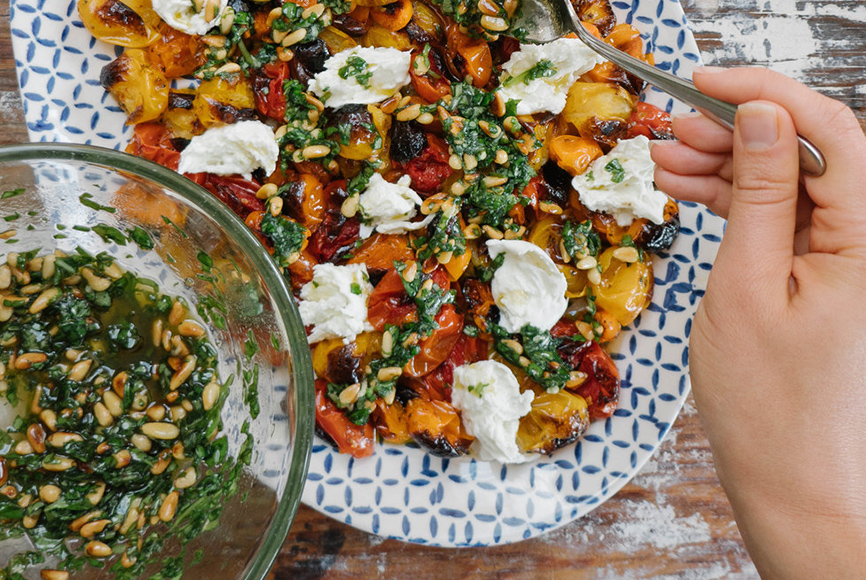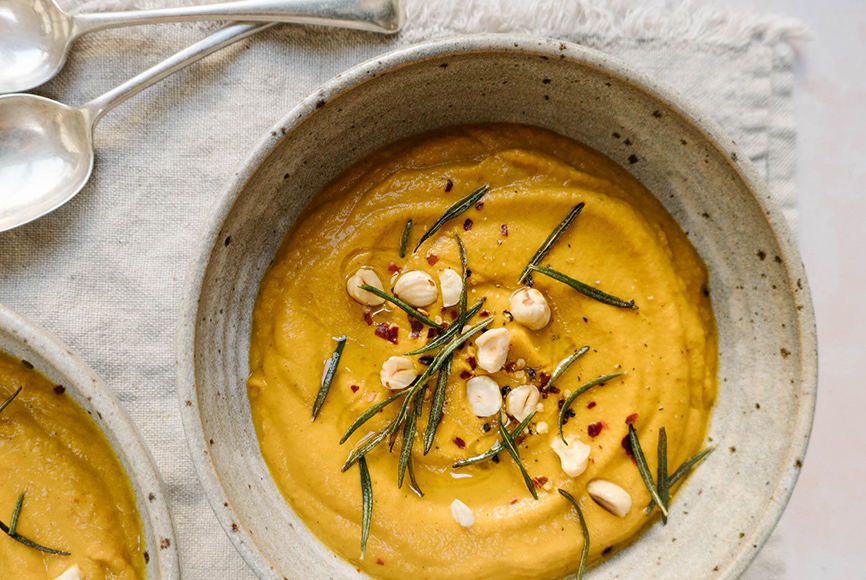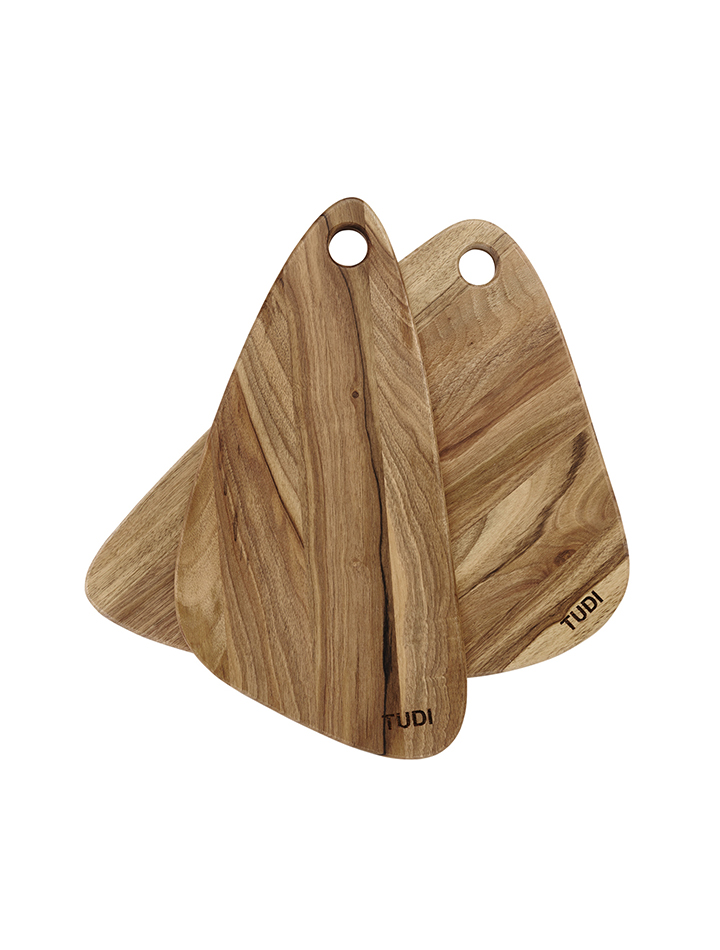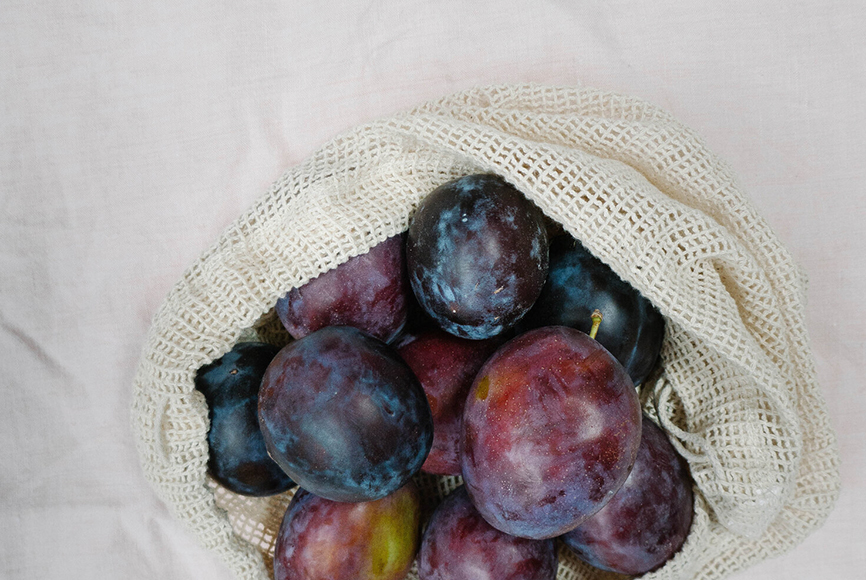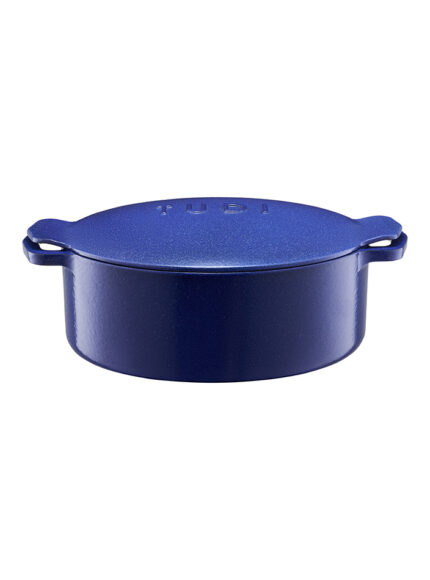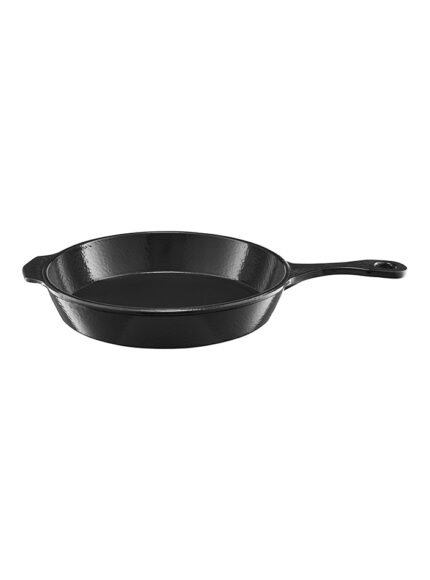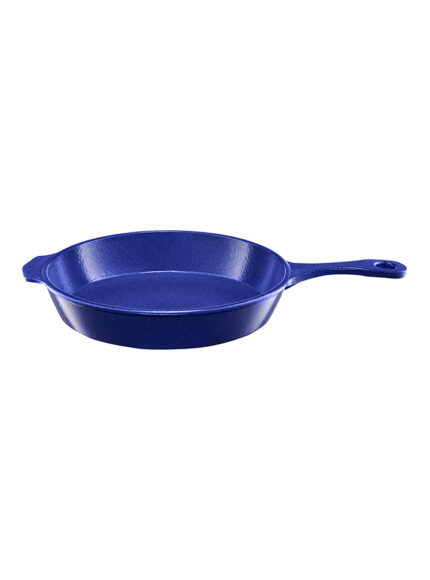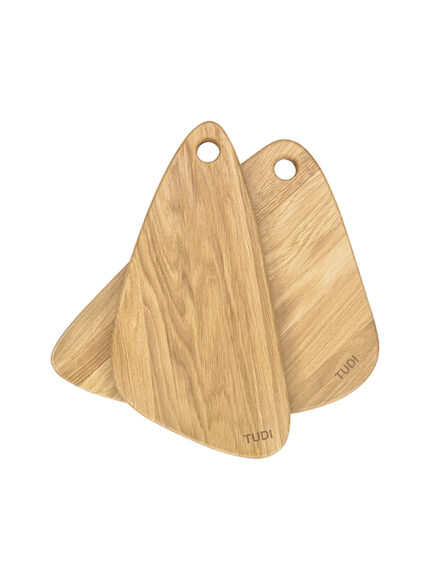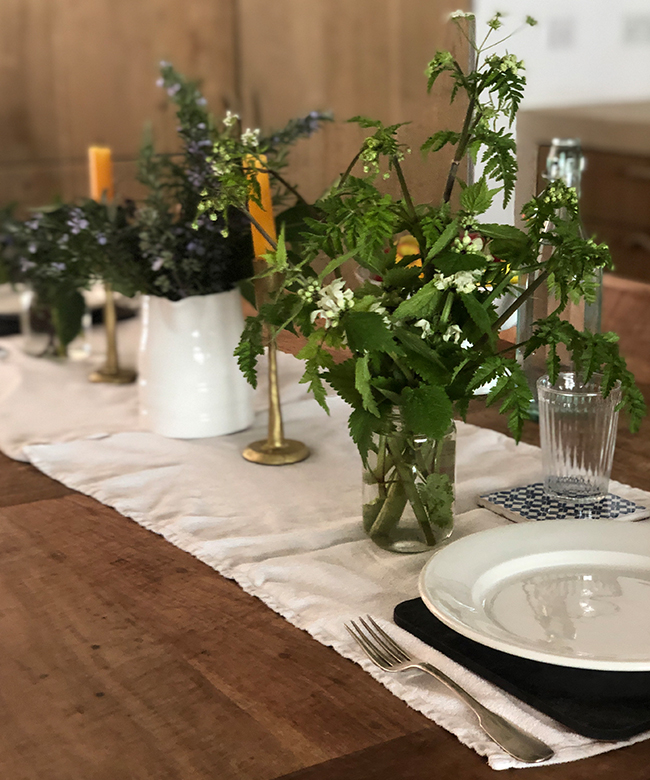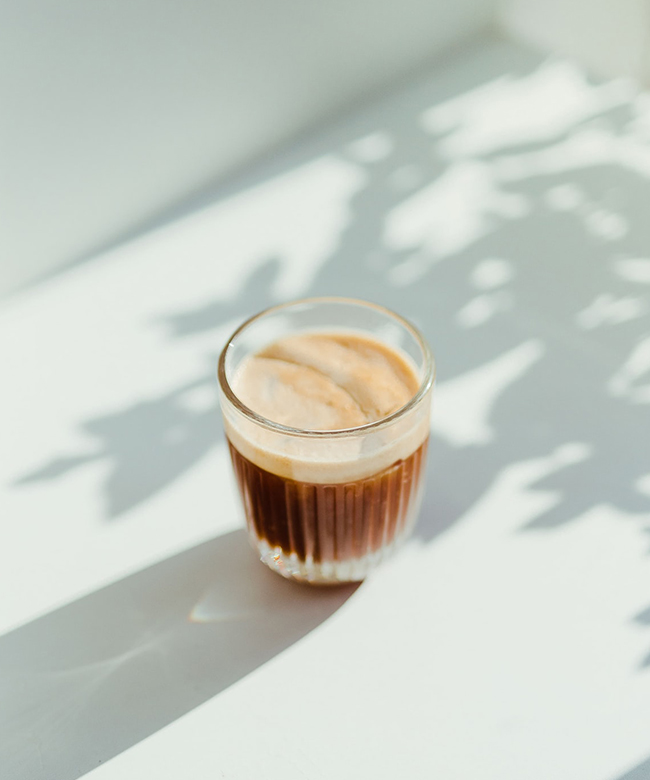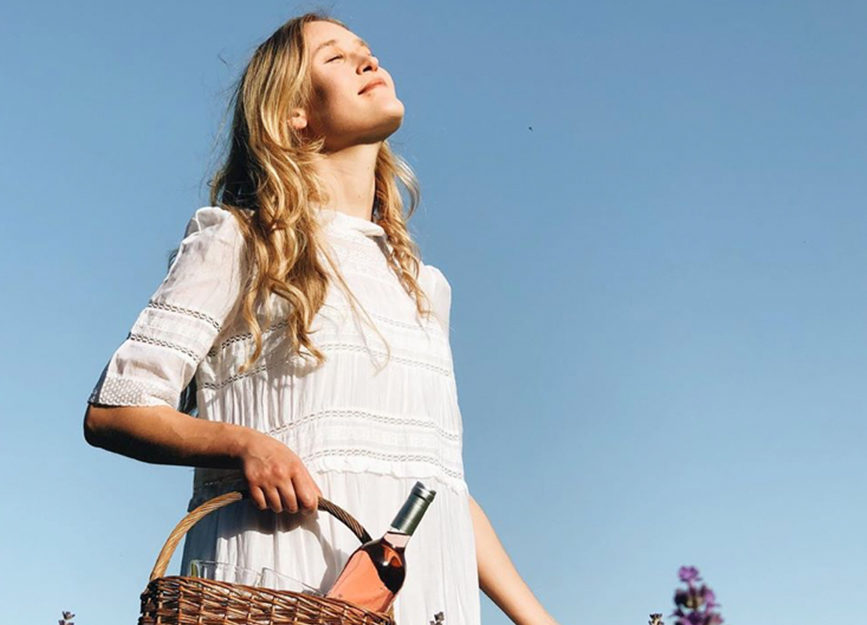

@alexandradudley
Alexandra uses one of our Thyme table linens.
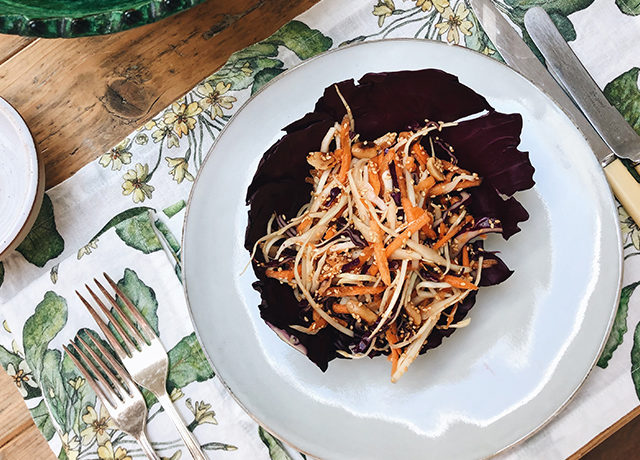



@alexandradudley
Food & Garden
Tips For Cooking and Eating Sustainably With Alexandra Dudley
Eating sustainably is something we at REV are very passionate about and so we are always looking for ways to be more conscious with our eating habits. We understand that eating sustainably can be very challenging at this time and so we asked the lovely Alexandra Dudley – chef, food enthusiast, and recipe columnist, to share with us her top tips for eating and cooking sustainably in lockdown.
1. Use Your Spice Cupboard
Although we often think of spices in relation to spicy dishes, a lot of the spices that sit at the back of the cupboard offer fragrance as opposed to heat. They can bring a huge amount of flavour to even the simplest of dishes. Try toasting whole spices such as cumin seeds, coriander seeds and fennel seeds in a dry frying pan over a gentle heat until they begin to smell aromatic and slightly pop. Add them to salads, cooked vegetable dishes and sprinkle them onto soups. See this charred broccoli, delicata squash with tahini, dukkah and mint recipe which uses cumin, coriander and fennel seeds.
2. Get Creative with Different Pulses and Grains
Lentils and grains get a bad reputation for being stodgy and plain but they needn’t be – different varieties offer different textures and tastes. Experiment with curries, dahls, risottos or even falafels. Dried lentils, grains and pulses will last a while too so are a good ingredient to have in the cupboard. Try this pea, feta and mint risotto or coconut, carawy, peanut mung dal.
3. Look After Your Herbs
Herbs add so much flavour and colour to a dish but they don’t last long. To make the most of your herbs treat them as you would flowers. Trim the ends before keeping them in a jar or vase filled half way with water. Refresh the water every so often and make the most of the stems too. Mint stems add a delicious aroma to boiled new potatoes and basil, coriander and parsley stems are perfect for pesto. You could also freeze them. Roughly chop them and push them into the empty cube containers of an ice cube tray. Top with olive oil, freeze and just pop one out as and when you need them. If you’ve got some basil, try this rainbow roast tomato, mozzarella salad with basil and pine nut oil recipe.
4. Make Stock
With most of us spending more time in the kitchen now is the perfect time to make stock. We often think of bones when discussing stock, but a vegetable stock does wonders for zero waste living. Keep hold of your vegetable peelings until you have at least a cereal bowl full. Place into a saucepan, cover with water and simmer slowly for 1-2 hours. Use for risottos, broth and noodle dishes, soups and stews. Or keep it in the freezer and save it for later. If you have any bones add them too. If you have some vegetable stock, try this carrot, chilli and hazelnut soup recipe.
5. Go For Whole Fruit and Vegetables Where You Can
Pre-packaged fruit and vegetables can seem like a worthy shortcut but more often than not they cost more to your pocket as well as the earth. The excess packaging and labour creates more plastic waste and usually increases the price tag too. By choosing whole fruit and vegetables you have more to cook with. Beetroot stems are delicious sautéed with olive oil and garlic, carrot tops make a great pesto and broccoli stalk is delicious when roasted.
6. Be Flexible with Sell By Dates and Avoid Waste Where You Can.
Rather than live religiously by BBE labels go on sight, smell and taste. Often yogurt, milk and butter last far longer than the printed date. Give it a sniff and unless it smells sour it’s good to use. Bread will show signs of mould when it has gone bad. To help it to stay fresh keep it in a paper bag in a plastic bag. The plastic bag helps to keep in the moisture and avoids it drying out. A good test to check if eggs are ok is to place them into a bowl of water. If they sink they are good to eat. If they float you may want to chuck them.
When it comes to vegetables you can tell a lot on sight and touch but even if a carrot is floppy or a squash has a little bruise or even sight moulding more often that not you can just chop off the affected area and use the rest. I love roasting floppy carrots with a little cayenne pepper, salt and olive oil. Any sad looking lettuce is delicious marinated with some olive oil, lemon zest and dried herbs and pan fried or griddled in a pan. Broccoli or cauliflower that looks on the turn is best roasted. I love to drizzle mine with some tahini and sprinkle over any toasted nuts or seeds I have to hand. Soup is another way to use up any veg looking on its way out and as a last resort there is always stock. Try to get into the habit of stretching your ingredients and not throwing them away. You’ll find you have more to cook and usually find there’s more room to be creative in the kitchen. Why not try this baked eggs recipe if you have eggs to use up!



















